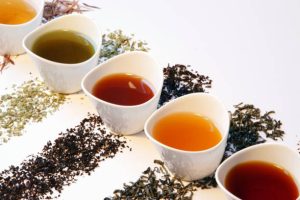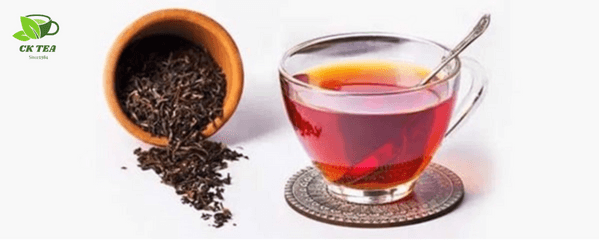The origin of tea plants is intertwined with ancient myths and an extraordinary journey of development spanning thousands of years. From the earliest lands of Asia, Camellia sinensis has conquered the world, becoming the foundation for the tea export and tea blending industries of today.
The Origin of Tea Plants and the Legend of Shennong
Legend has it that 4000–6000 years ago, the Chinese agricultural deity Emperor Shennong accidentally discovered tea while experimenting with various herbs. A tea leaf fell into a pot of boiling water, releasing a soothing fragrance and creating a sweet, pleasant drink.
Scientists have confirmed that the origin of tea plants is linked to major river basins such as the Yangtze River (China), the Red River (Vietnam), and the Mekong River (Yunnan).
Camellia sinensis – A Companion of Ancient Civilizations
The tea plant, scientifically known as Camellia sinensis, followed ancient trade routes:
-
In 661: Introduced to Korea.
-
In 729: Reached Japan.
-
In the 9th century: Spread to Russia via the Silk Road.
Notably, Vietnam and China are recognized as cradles of ancient tea cultivation. From ancient Shan Tuyet tea forests to modern hybrid tea varieties, Camellia sinensis has shaped tea-drinking cultures around the world.
Tea Products from Camellia sinensis: From White Tea to Modern Tea Blending
From Camellia sinensis, humans have crafted a wide variety of teas:
-
White tea: delicately made from young buds.
-
Green tea: fresh and popular.
-
Yellow tea: processed through special methods.
-
Oolong tea: partially oxidized.
-
Black tea: fully oxidized.
-
Pu-erh tea: aged and fermented.
Today, this diversity caters not only to traditional tea enjoyment but also fuels the vibrant tea blending industry.

Tea Export and Tea Blending: A Global Trend
Thanks to major tea regions in Vietnam such as Thai Nguyen, Phu Tho, and Lam Dong, tea export products are reaching markets like the USA, EU, Japan, and the Middle East
Meanwhile, tea blending is booming alongside the F&B industry. CTC black tea, jasmine green tea, and Oolong Kim Tuyen tea are increasingly used by modern tea brands and cafes.

Conclusion
The journey of the tea plant—from the ancient myths of the origin of tea plants to the vibrant tea economy today—is a testament to its immense cultural and economic value. Camellia sinensis is not only a symbol of refinement but also a bridge connecting Vietnam with the global market through tea export and tea blending.
👉 Love tea? Read more fascinating articles about tea and tea plants on our website!
👉 Looking for tea export products or high-quality tea blending solutions? Check out the tea collections by CK Tea – Cam Khe Tea Co., Ltd.
👉 Contact us today or place your order via e-commerce platforms to get free samples and detailed consultations!
Tags: teaknowledge




